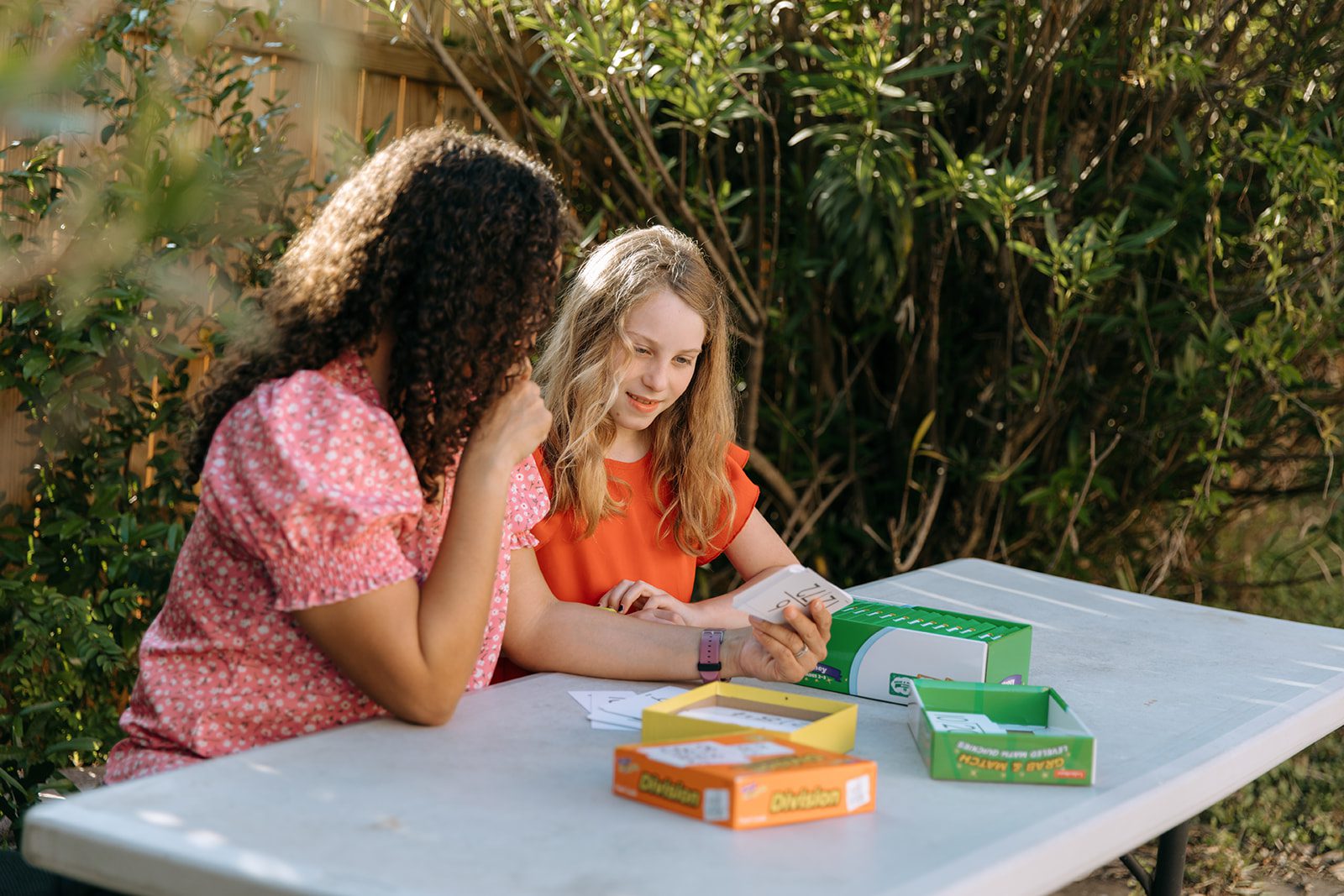
Building Confidence in Math: Strategies for Tutors and Students
September 11, 2024
Mathematics can be a challenging subject for many students, often leading to feelings of frustration and self-doubt. As a tutor or student, building confidence in math is essential for success and enjoyment of the subject. In this blog post, we’ll explore effective strategies for tutors and students to boost confidence in math and foster a positive learning experience.
Understanding Math Anxiety
Before diving into strategies, it’s crucial to understand math anxiety and its impact on confidence. Math anxiety is a common phenomenon characterized by fear, nervousness, and negative emotions associated with math tasks. It can hinder learning and contribute to low confidence levels. By addressing math anxiety, tutors and students can create a supportive environment conducive to building confidence in math.
Strategies for Tutors
- Create a Positive Learning Environment: Foster a supportive and encouraging atmosphere where mistakes are viewed as opportunities for learning. Praise effort, progress, and perseverance to boost confidence and motivation.
- Assess Individual Needs: Understand each student’s strengths, weaknesses, learning style, and level of math anxiety. Tailor instruction and feedback to address specific needs and build confidence gradually.
- Break Down Complex Concepts: Break down complex math concepts into manageable steps and use visual aids, analogies, and real-world examples to enhance understanding. Encourage students to ask questions and seek clarification.
- Provide Constructive Feedback: Offer constructive feedback that focuses on effort, progress, and problem-solving strategies rather than just correct answers. Highlight areas of improvement and celebrate small victories to boost confidence.
- Use Positive Language: Use positive and affirming language when discussing math concepts and problem-solving. Avoid negative statements or labeling students based on perceived math abilities.
- Encourage Practice and Persistence: Encourage regular practice, homework assignments, and problem-solving activities to reinforce learning and build confidence. Emphasize the importance of persistence, resilience, and learning from mistakes.
Strategies for Students
- Set Realistic Goals: Set achievable goals and milestones for math learning. Break larger goals into smaller, manageable tasks to track progress and build confidence over time.
- Practice Regularly: Practice math skills regularly through homework, exercises, and additional practice problems. Consistent practice improves fluency, understanding, and confidence.
- Use Resources and Tools: Utilize math resources such as textbooks, online tutorials, educational apps, and practice worksheets to reinforce learning and gain confidence in different math topics.
- Seek Help When Needed: Don’t hesitate to ask for help or clarification from tutors, teachers, peers, or online resources. Addressing misunderstandings early can prevent confusion and boost confidence.
- Challenge Yourself: Take on challenges and explore advanced math concepts or problem-solving techniques beyond your comfort zone. Embrace challenges as opportunities for growth and learning.
- Celebrate Progress: Celebrate achievements, progress, and improvements in math skills. Recognize your effort, persistence, and dedication to math learning.
Additional Tips for Building Confidence in Math
- Promote a Growth Mindset: Encourage a growth mindset that emphasizes the belief in the ability to learn and improve through effort, practice, and perseverance. Challenge negative self-talk and cultivate a positive mindset towards math.
- Make Math Relevant: Connect math concepts to real-world applications, interests, and everyday situations to make learning meaningful and engaging. Show how math is used in various fields and careers.
- Use Games and Activities: Incorporate math games, puzzles, and interactive activities to make learning fun and engaging. Games can improve problem-solving skills, critical thinking, and confidence in math.
- Reflect on Progress: Regularly reflect on your math progress, challenges, and achievements. Identify areas of growth, strategies that work well, and areas for improvement to guide future learning.
Conclusion
Building confidence in math is a collaborative effort between tutors and students, involving a positive learning environment, tailored instruction, practice, perseverance, and a growth mindset. By understanding math anxiety, addressing individual needs, using effective teaching and learning strategies, and promoting a positive mindset, tutors and students can overcome challenges, improve math skills, and develop a strong sense of confidence in math. With dedication, support, and a proactive approach to learning, anyone can build confidence and succeed in math.